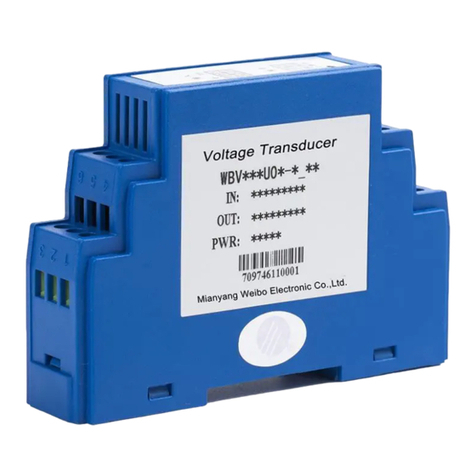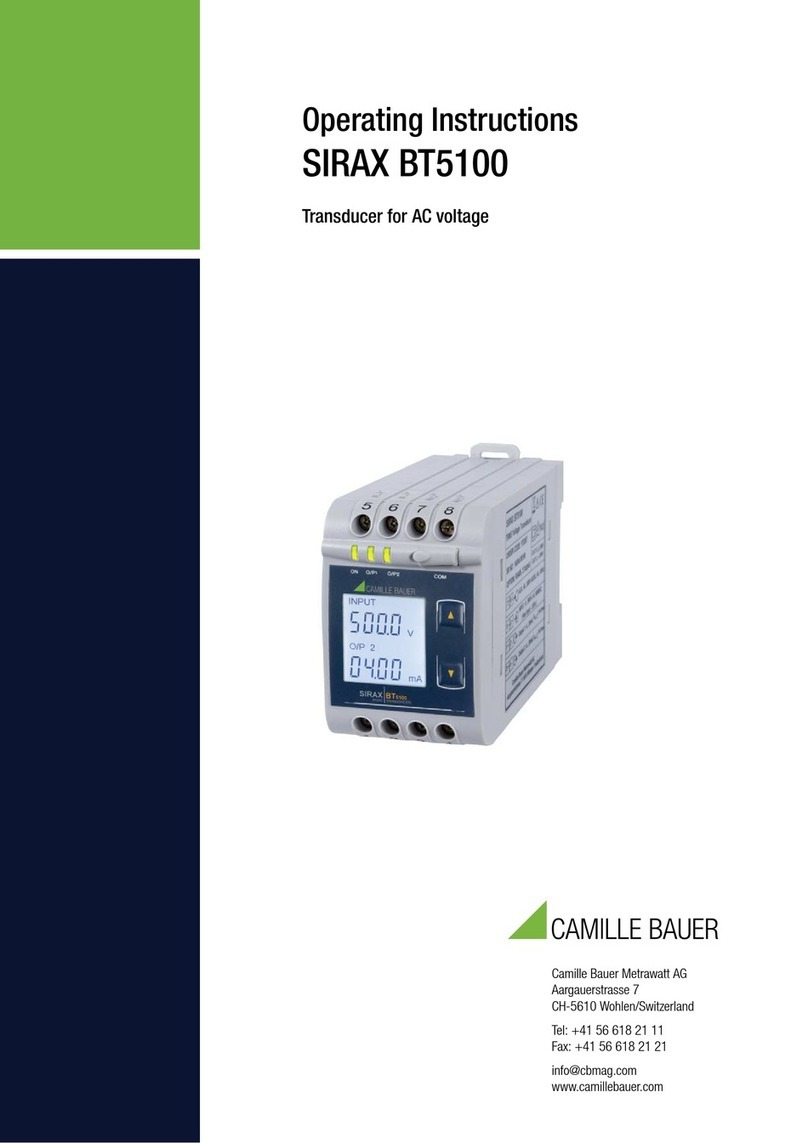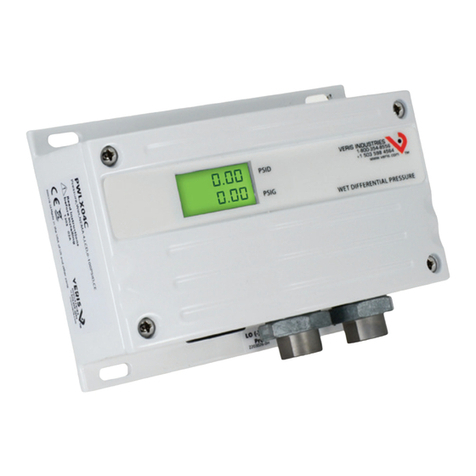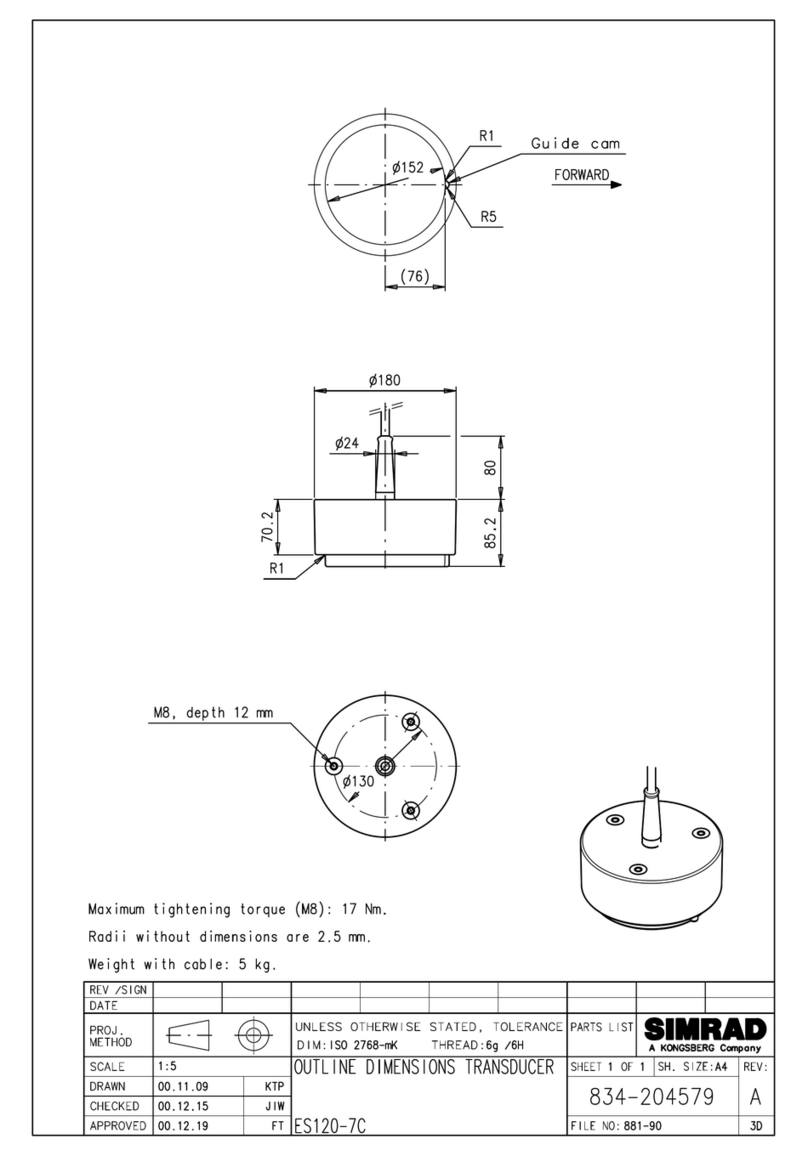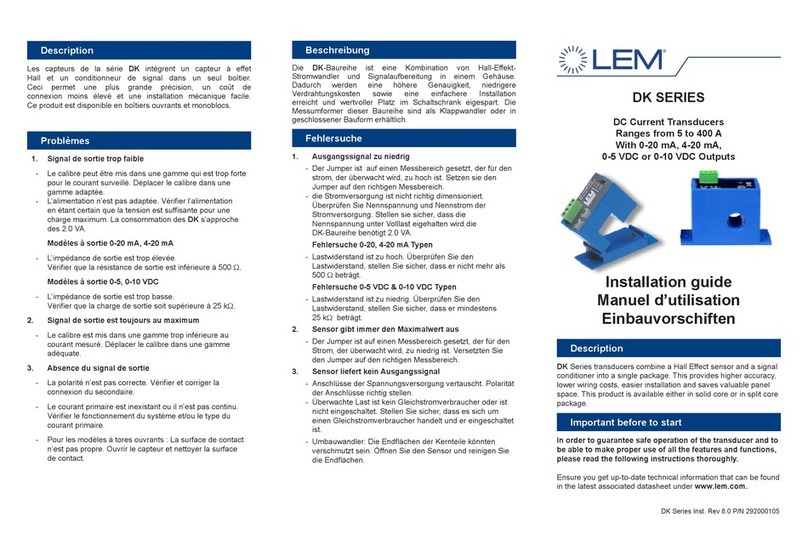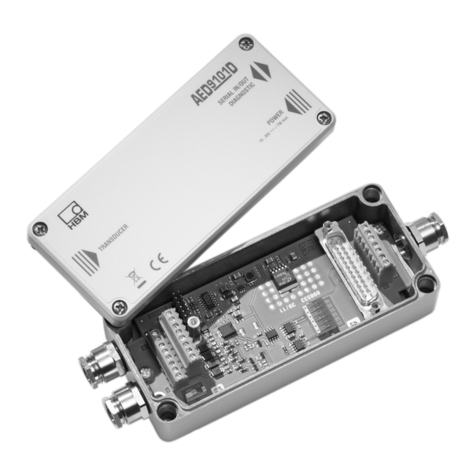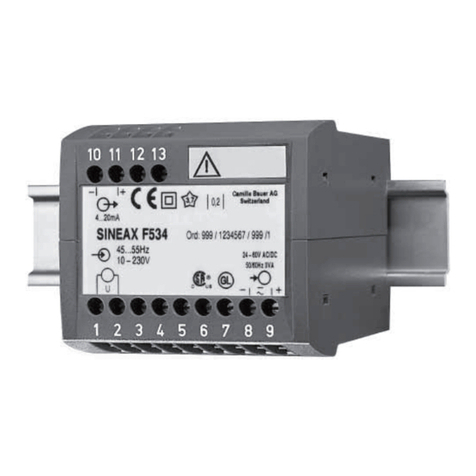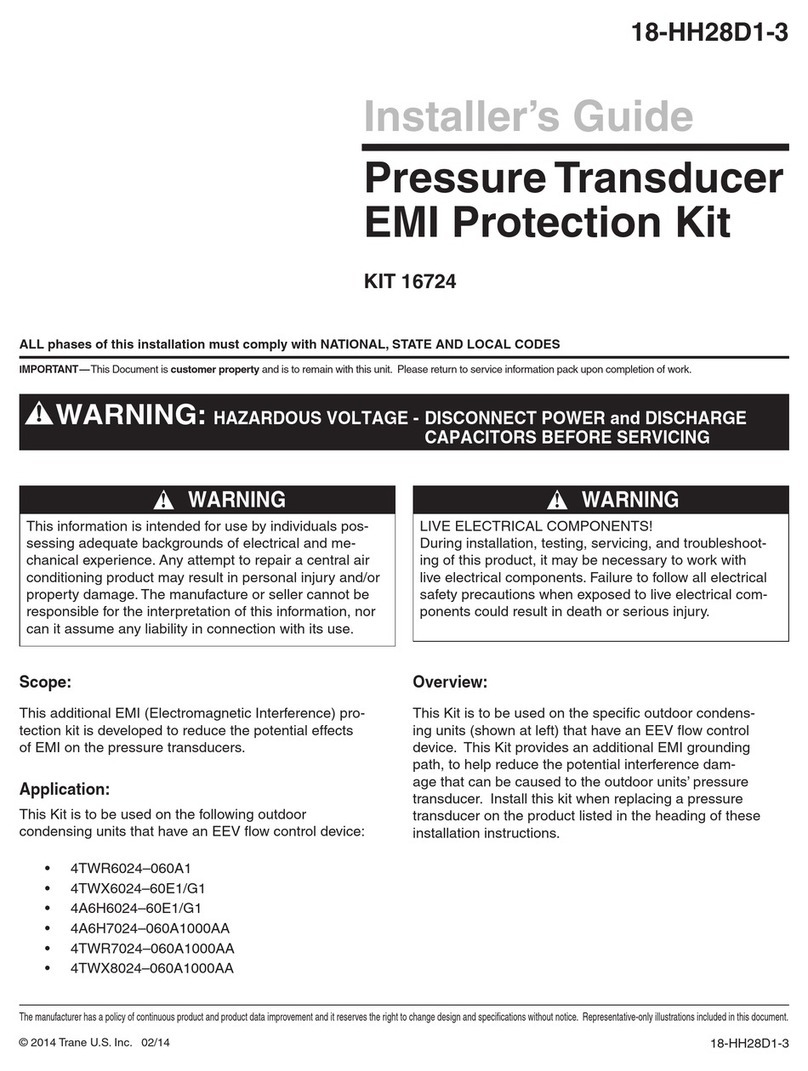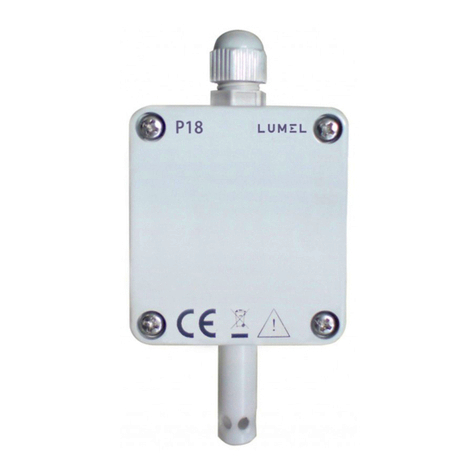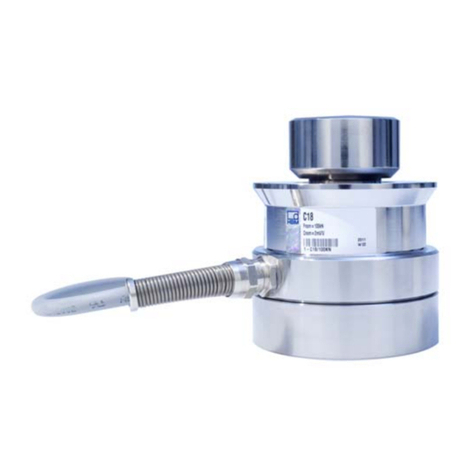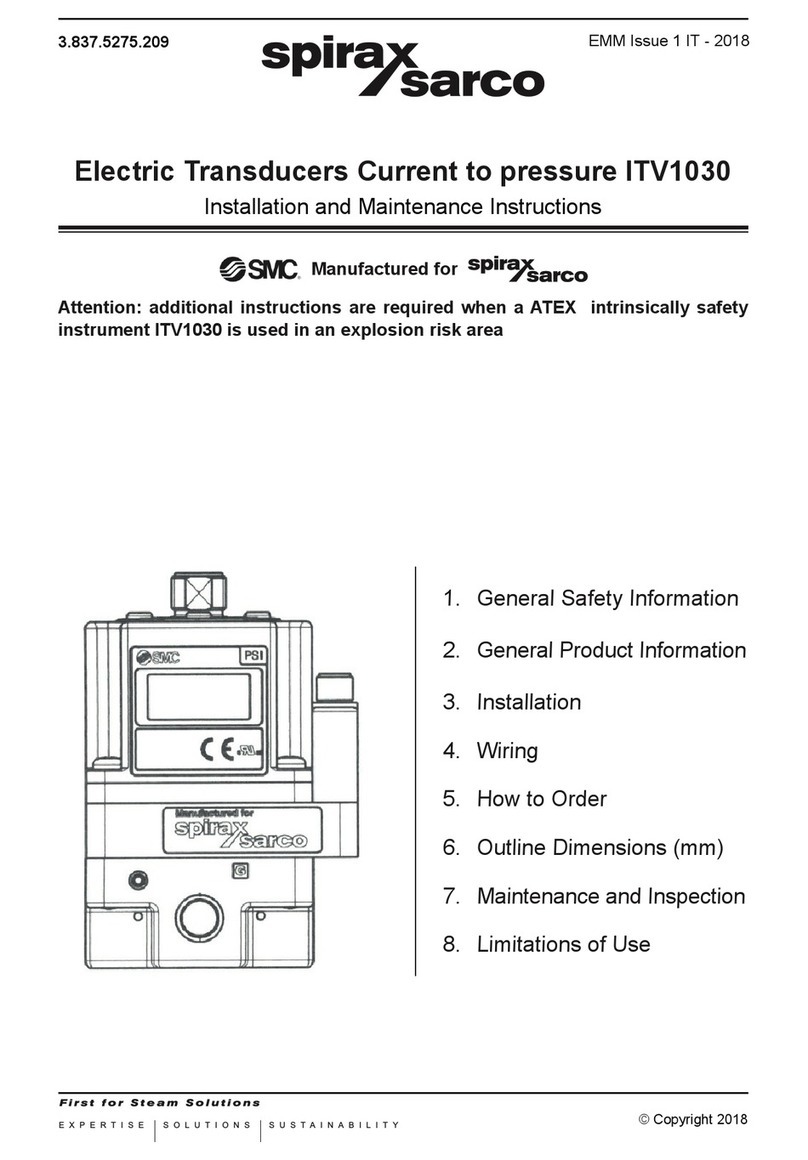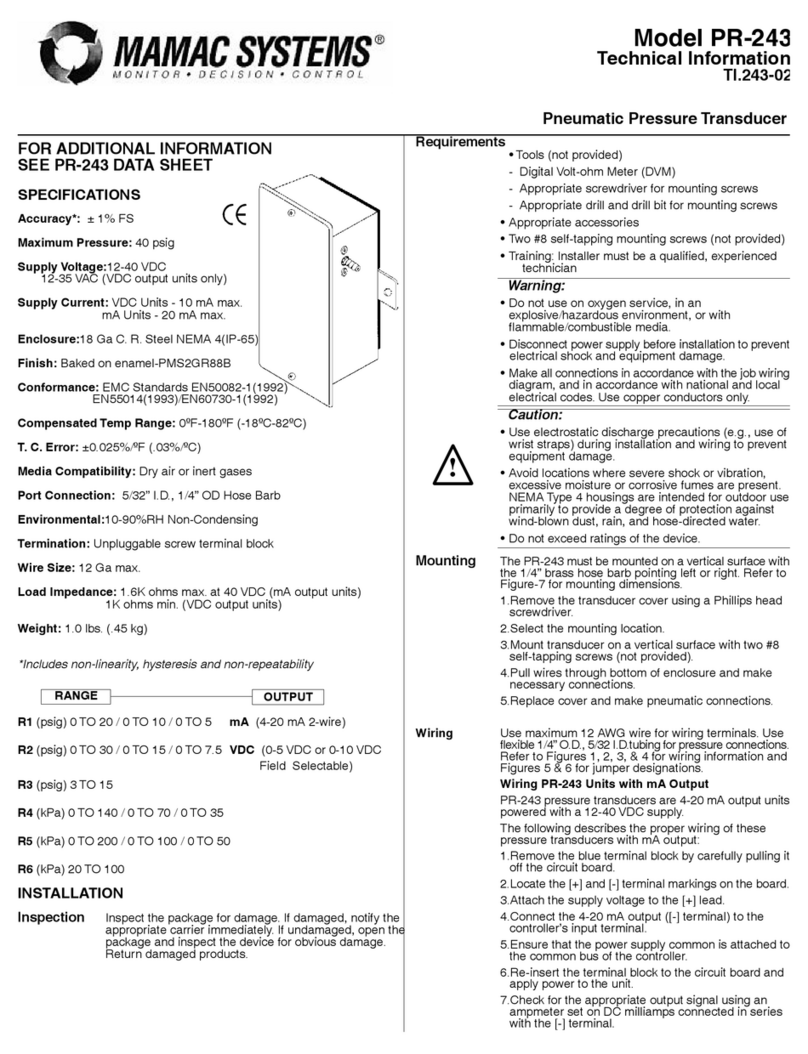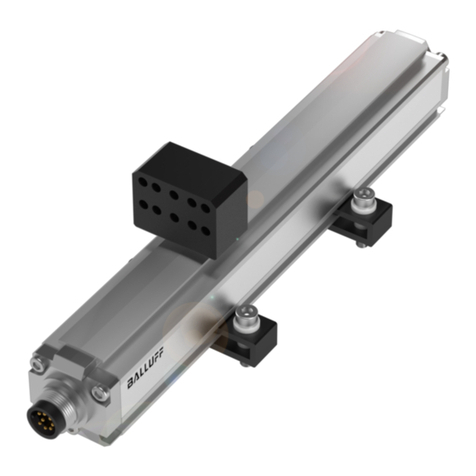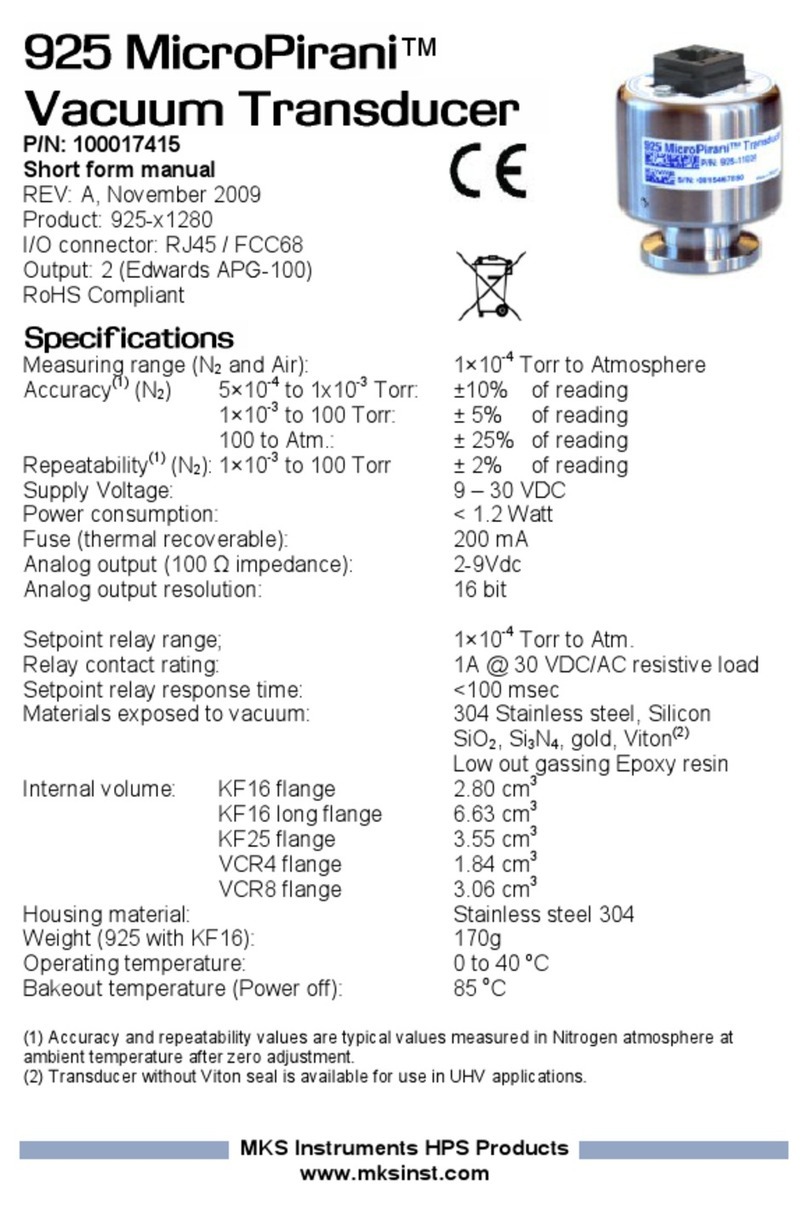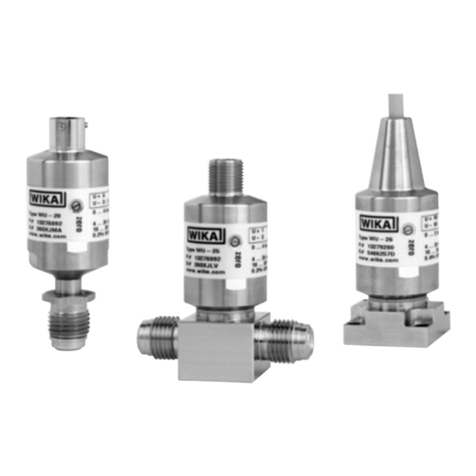SOMMAIRE
E 4
2 Safety function and safety state
2.1 Safety function
The safety function of the device is completed, as long as the outputs reproduce the input current
(4 ... 20 mA) with a tolerance of +/- 1%.
The operation range of the output signal goes from 3.8 mA to 20.5 mA
2.2 Safety fallback position (according to NAMUR NE 43)
The safety fallback state is defined by an output
current outside the range of 3.6 mA to 21mA.
• Either an output current < 3.6 mA
• Either an output current > 21 mA
The application should always be configured to detect the current value out of range
(<3.6 mA -> 21 mA) and considered "faulty ".
Thus, in the FMEA study, this condition is not considered dangerous.
The reaction time for all safety functions is < 30 ms.
3 Safety Recommendation
3.1 Interfaces
The device has the following interfaces.
• safety interfaces: input, output 1, output 2, (and input 2 output 3, output 4 in option)
• not safety interfaces : no
3.2 Configuration / Calibration
no hardware configuration is needed, the calibration is only possible by return to factory.
no changes should be made to the device
3.3 Useful lifetime Evolution of failure rate
Although a constant failure rate is assumed by the probabilistic estimation,
that it applies only to the useful lifetime of components.
Beyond this lifetime, the probability of failure is increasing significantly with time.
The useful lifetime is very dependent components themselves
and operating conditions such as temperature, particularly
(Electrolytic capacitors are very sensitive to temperature).
This assumption of a constant failure rate is based on the bathtub curve,
which shows the typical behavior of electronic components.
Therefore, the validity of this calculation is limited to the useful life of each component.
It is assumed that early failures are detected for a very high percentage during the burn in and the installation period, assuming a
constant failure rate during the useful life remains valid.
according to IEC 61508-2, a useful lifetime based on the feedback, must be considered.
Experience has shown that the useful lifetime is between 15 and 20 years, and may be higher
if there are no components with reduced lifetime in security function.
(Such as electrolytic capacitors, relays, flash memory, opto coupler)
and if the ambient temperature is well below 60 °C.
Note:
The useful lifetime corresponds to constant random failure rate of the device.
The effective lifetime may be higher.
User must ensure that the device is no longer necessary for the security before its disposal.
4-20mA signal isolator, signal splitter with 2,3,4 outputs
SIL2 / SIL3 CAL4/100ig CAL4/100igM
Birth defect End of life wear-out
